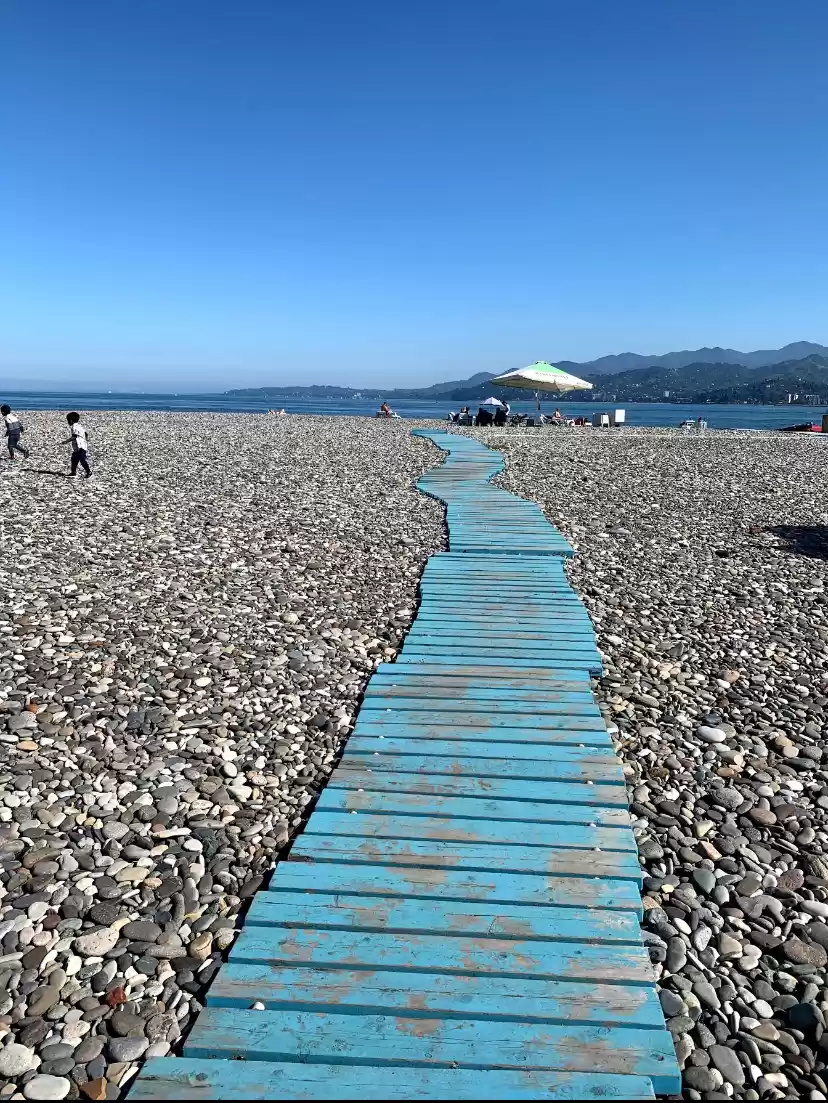Yerevan Tourism and Travel Guide
Yerevan (/ˌjɛrəˈvɑːn/; Armenian: Երևան [jɛɾɛˈvɑn], listen ), is the capital and largest city of Armenia, and one of the world's oldest continuously inhabited cities. Situated along the Hrazdan River, Yerevan is the administrative, cultural, and industrial center of the country. It has been the capital since 1918, the thirteenth in the history of Armenia, and the seventh located in or around the Ararat plain. The history of Yerevan dates back to the 8th century BC, with the founding of the fortress of Erebuni in 782 BC by king Argishti I at the western extreme of the Ararat plain. Erebuni was 'designed as a great administrative and religious centre, a fully royal capital.' During the centuries long Iranian rule over Eastern Armenia that lasted from the early 16th century up to 1828, it was the center of Iran's Erivan khanate administrative division from 1736. In 1828, it became part of Imperial Russia alongside the rest of Eastern Armenia who conquered it from Iran through the Russo-Persian War (1826-1828). After World War I, Yerevan became the capital of the First Republic of Armenia as thousands of survivors of the Armenian Genocide in the Ottoman Empire settled in the area. The city expanded rapidly during the 20th century as Armenia became part of the Soviet Union. In a few decades, Yerevan was transformed from a provincial town within the Russian Empire, to Armenia's principal cultural, artistic, and industrial center, as well as becoming the seat of national government. With the growth of the economy of the country, Yerevan has been undergoing major transformation as many parts of the city have been the recipient of new construction since the early 2000s, and retail outlets as much as restaurants, shops, and street cafes, which were rare during Soviet times, have multiplied. As of 2011, the population of Yerevan was 1,060,138, making up to 35.1% of the total population of Armenia. Yerevan was named the 2012 World Book Capital by UNESCO. Yerevan is an associate member of Eurocities.



